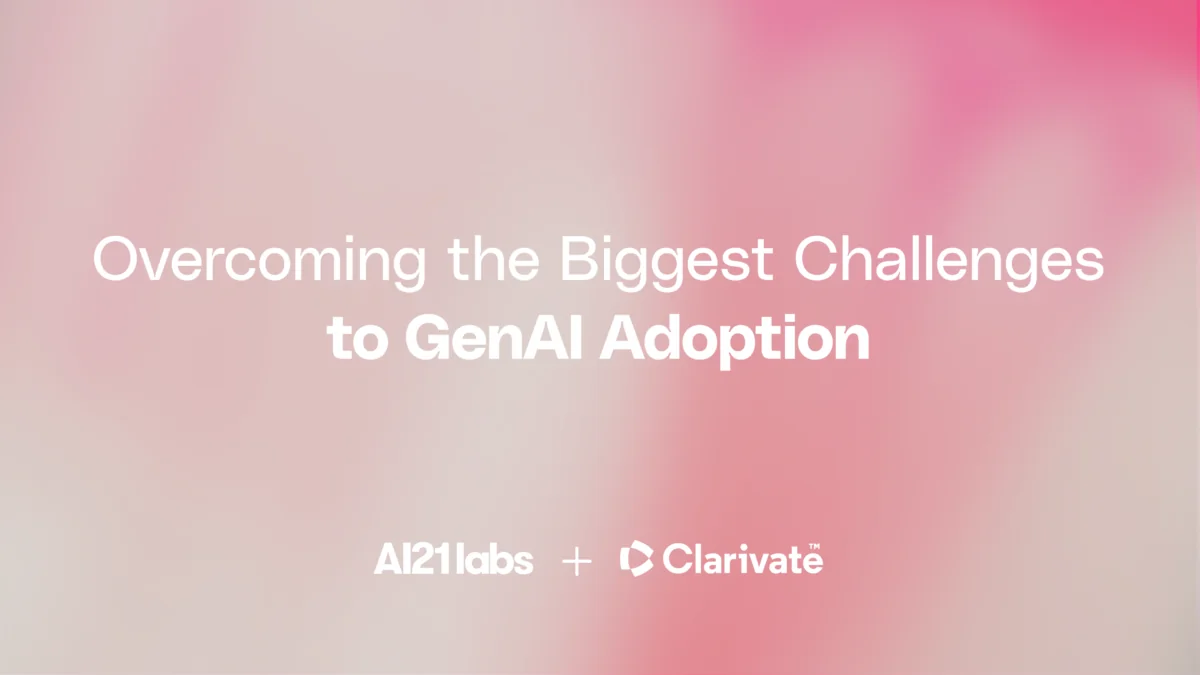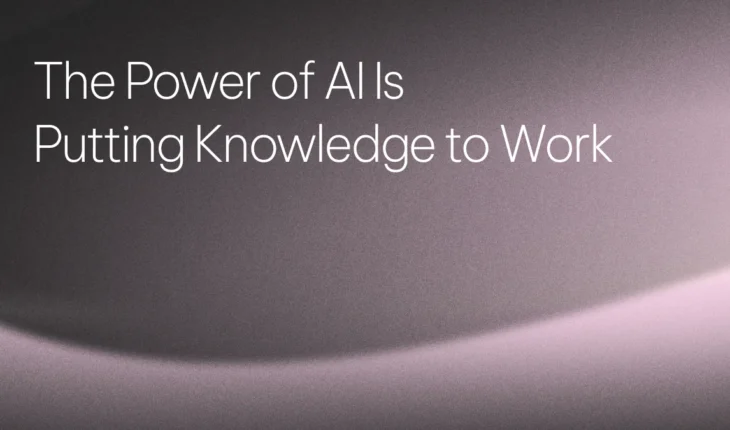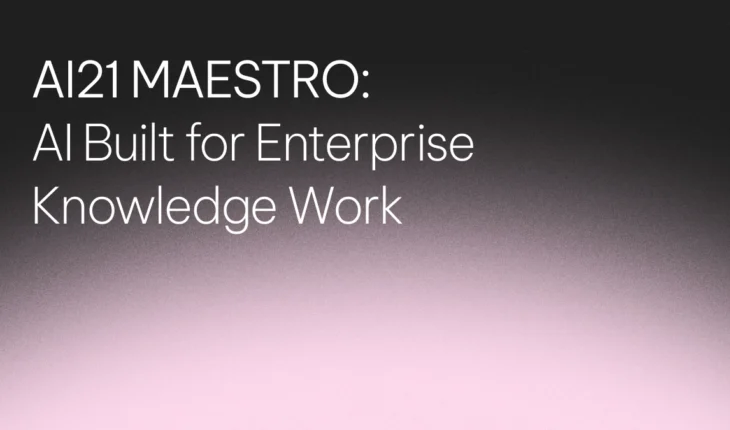Table of Contents

From Buzz to Implementation: Overcoming the Biggest Challenges to GenAI Adoption
It was hard to miss the frenzy of industry talk around generative AI technology in 2023. Yet the pathway to adopting these exciting developments comes—like any other innovation—with its own set of new challenges.
As a recent study by cnvrg.io, an Intel company, found, only 25% of the surveyed organizations went live with a GenAI model in 2023. As this blog will explore, mastering the technical expertise needed to successfully take advantage of GenAI’s many benefits for enterprise can take time, slowing down adoption rates.
To better understand some of these barriers—as well as how some companies are equipping themselves to take the leap into the world of GenAI—I sat down for a conversation with Guy Ben Porat, VP of Discovery & Delivery Solutions at Clarivate. As he put it, “At Clarivate, we’ve been using AI for years to drive research excellence and student success. Generative AI presents the next exciting chapter in our path of innovation. It allows us to connect researchers to academic literature through a sophisticated and intuitive search interface.”
This blog explores some of the common barriers organizations face in bringing AI models to production and how AI21 supports companies, like Clarivate, to solve those challenges.
Barriers to implementation
The cnvrg.io study largely attributes the slow adoption rate of large language models (LLMs)—the foundation models used to train and build GenAI applications and solutions—to barriers faced in the implementation stage.
As Guy shared, going into the process, “We are continuously looking at exciting new ways of applying AI and machine learning responsibly. We were excited to partner with AI21 experts and implement their state-of-the-art large language models, to further enhance libraries’ solutions to their users.”
Among large enterprises, a knowledge gap was cited as the biggest obstacle to implementing GenAI. In a field as dynamic and groundbreaking as GenAI, acquiring the requisite skills and grasping each new advancement can often appear beyond scope for many companies. Hiring talent to fill this gap and inadequate tech infrastructure also ranked among top blockers for large companies.
These obstacles can deter companies from pursuing GenAI as part of their business strategy, despite the significant gains these solutions offer. For instance, the surveyed organizations that successfully deployed GenAI reported a range of tangible benefits in customer experience (27%), efficiency (25%), product capability (25%) and savings (22%).
Crossing the production finish line
To benefit from the advantages of GenAI, while circumventing the resource drain of in-house hiring, research and model training, Clarivate partnered with AI21 Labs for a white-glove configuration experience tailored entirely to address the needs and goals of Clarivate.
This includes weekly meetings with Clarivate to hear the feedback they’ve collected from their users and for AI21 to offer new product iterations developed based on last week’s discussion. According to Guy, “The close working relationship and agile cycle of improvement was invaluable in creating a successful partnership.”
It’s that level of integrated implementation support that’s the bread and butter of what we do here at AI21. For each new customer, we assemble a dedicated team of experts from across our company – including representatives from our Product, Customer Success, and Solution Architect teams – to offer specialized support and thought partnership at every stage of the journey.
This group leads the seamless integration between our GenAI solutions and the customer’s operational workflows, as well as ensures our partners can showcase tangible successes to organization leadership along the way to cultivate buy-in.
That was the case with Clarivate, where it took just two weeks to get an initial prototype up and running. “The ability to show something thin, but end-to-end, within two weeks was super important. It built confidence with stakeholders so that we could move forward with making it even better.”
And the partnership always goes both ways. With Clarivate, we enabled them to hit the ground running and cut down time to production, and their invaluable feedback at every step of the process has inspired important product iterations and allowed us to better customize our technology for their needs. Lots of providers offer AI solutions; we also offer dedicated support to make it usable and effective in enterprise operations.
As Guy concluded, “2023 was a year of innovation for us at Clarivate. The work that was done this past year—including our partnership with AI21—brings us to the point in which we’re ready to go from prototyping to production.”



